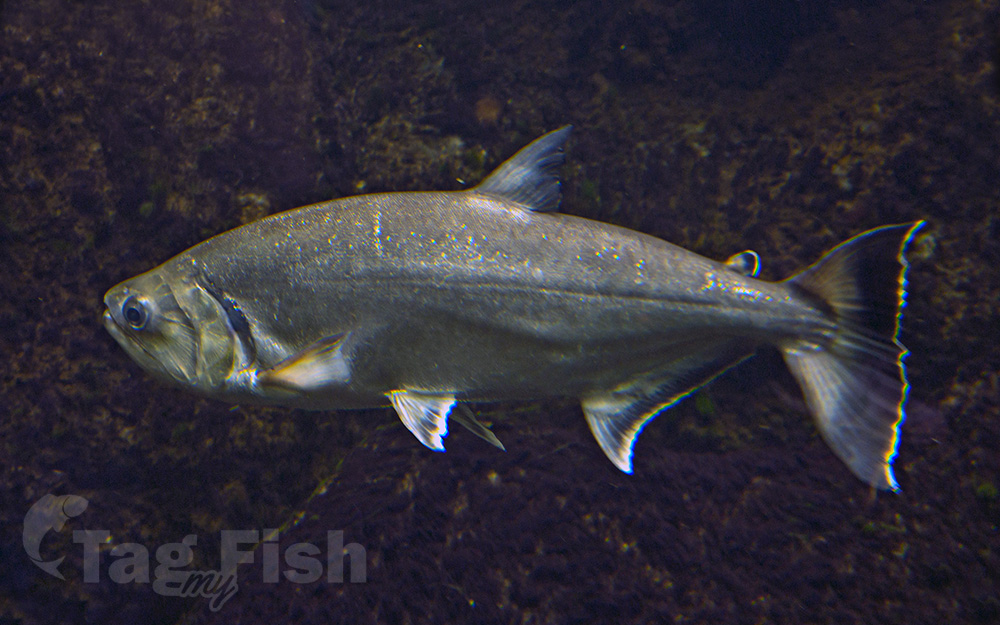Giant payara
(Hydrolycus armatus)

Classification
General data
Hydrolycus armatus is a species of dogtooth characin found in freshwater of tropical South America. It is sometimes known as the payara, a name it shares with the related H. scomberoides.
Distribution and habitat
This species of fish is found in the Amazon, Orinoco and Essequibo basins in tropical South America.
They are found in several different freshwater habitats, but often in fast-flowing water. They are typically found in deeper waters during the day. The species is locally common; in a major study of a Venezuelan floodplain river, 1⁄3 of the collected fish were H. armatus, and the species was particularly common in creeks and lagoons. At least some populations are migratory.
Description
Hydrolycus armatus are overall silvery. In adults the base of the tail and anal fin is pale yellowish, and the distal part is blackish, contrasting with a narrow white edge at the very tip (unique among Hydrolycus species).
A typically reported maximum total length of this fish is 89 cm (2.92 ft), but records show specimens up to 95 cm (3.12 ft) in Venezuela and more than 100 cm (3.3 ft) in Brazil. It typically weighs up to 8.5 kg (19 lb),[1] but can reach almost 18 kg (40 lb).
It has frequently been confused with the generally smaller H. scomberoides.
H. armatus reaches maturity when at least 30 cm (1 ft) long.
Like other dogtooth characins, it has very long pointed canine teeth. These are used for spearing their prey, usually other fish










